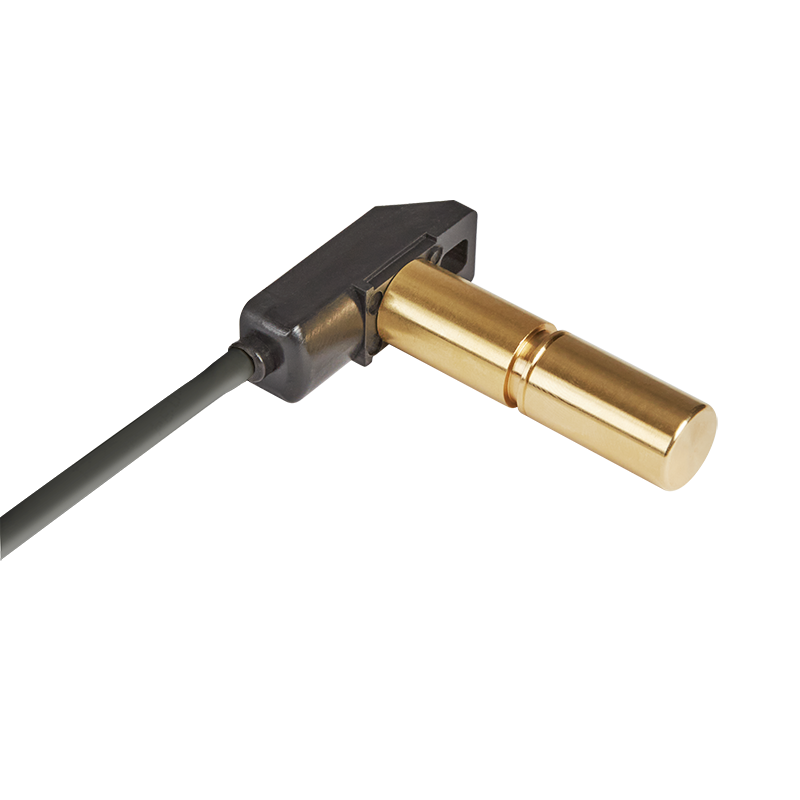Technical features

Inductive proximity sensors detect the presence or absence of ferromagnetic metal masses within a limited operating range, without contact and with high accuracy. They are also suitable for use in harsh environments and can also detect fast moving objects at very high frequencies. They are used on a wide range of agricultural and industrial machinery.
Mechanical configurations
Various mechanical body configurations available, varying in diameter, length and fixing nuts. Possibility to create customised versions.
Inductive proximity
Cable and connector
customizable
Power source
9V / 30V
Output
NPN o PNP (N.O./N.C.)
Number of signals
single/double
Fixing
adjustable threaded body
Cylinder material
metallic
Applications
Elen inductive proximity sensors are typically used on hydraulic cylinders, pistons, translating shafts, control levers, especially on agricultural and industrial vehicles.
